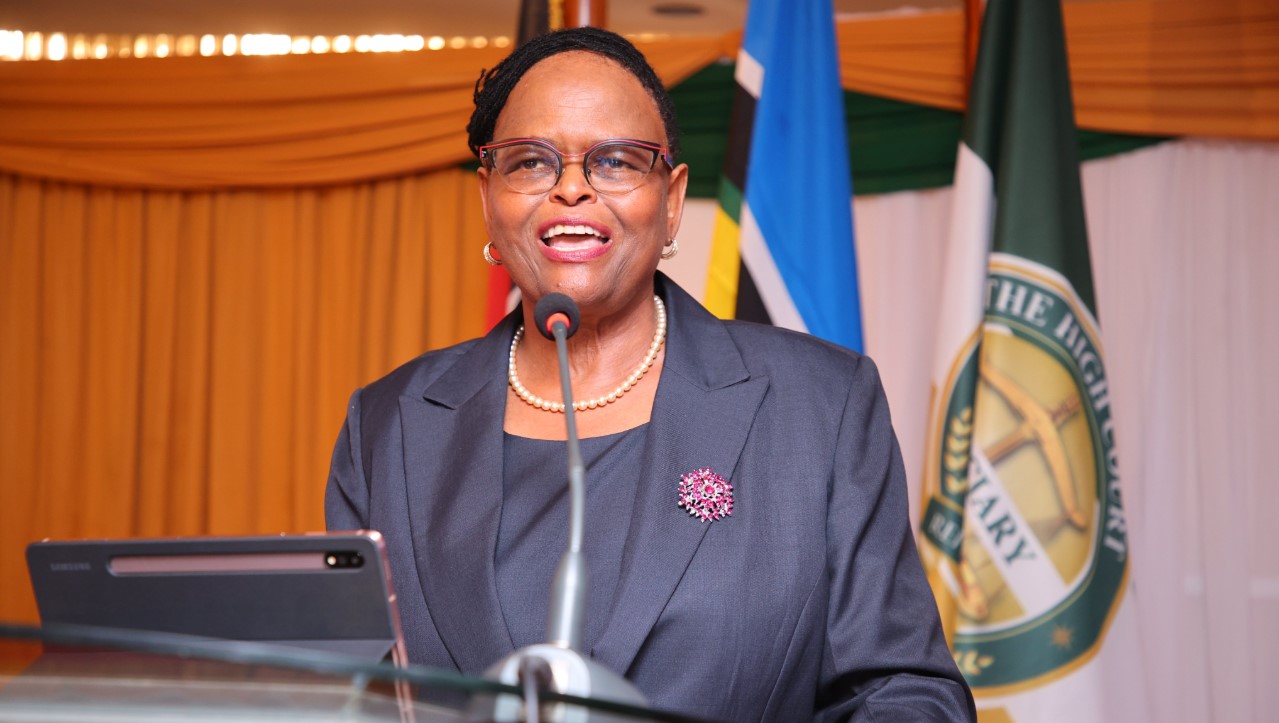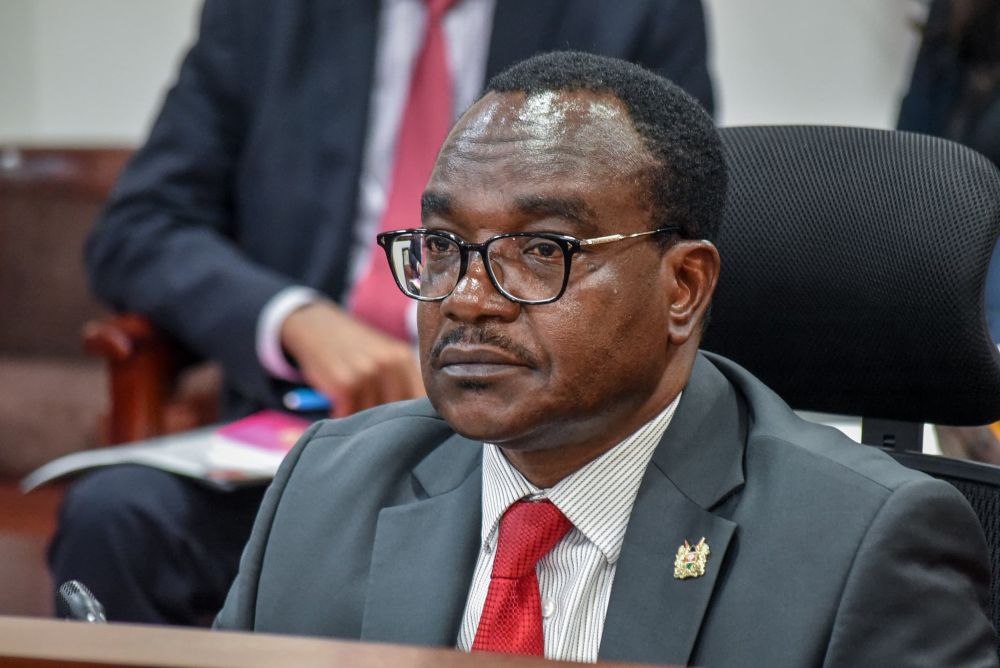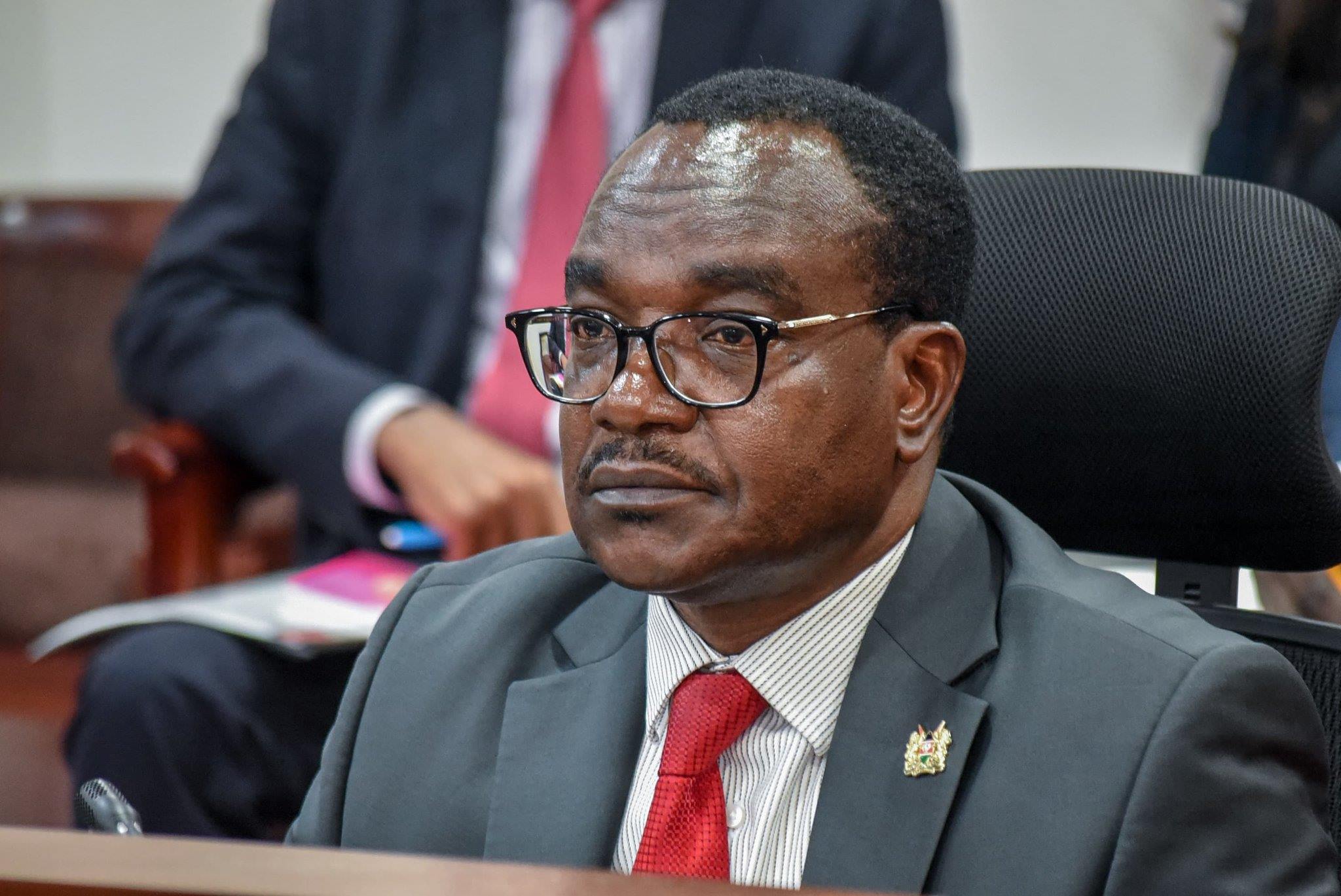State embraces Safe Systems Approach to curb rising road accidents
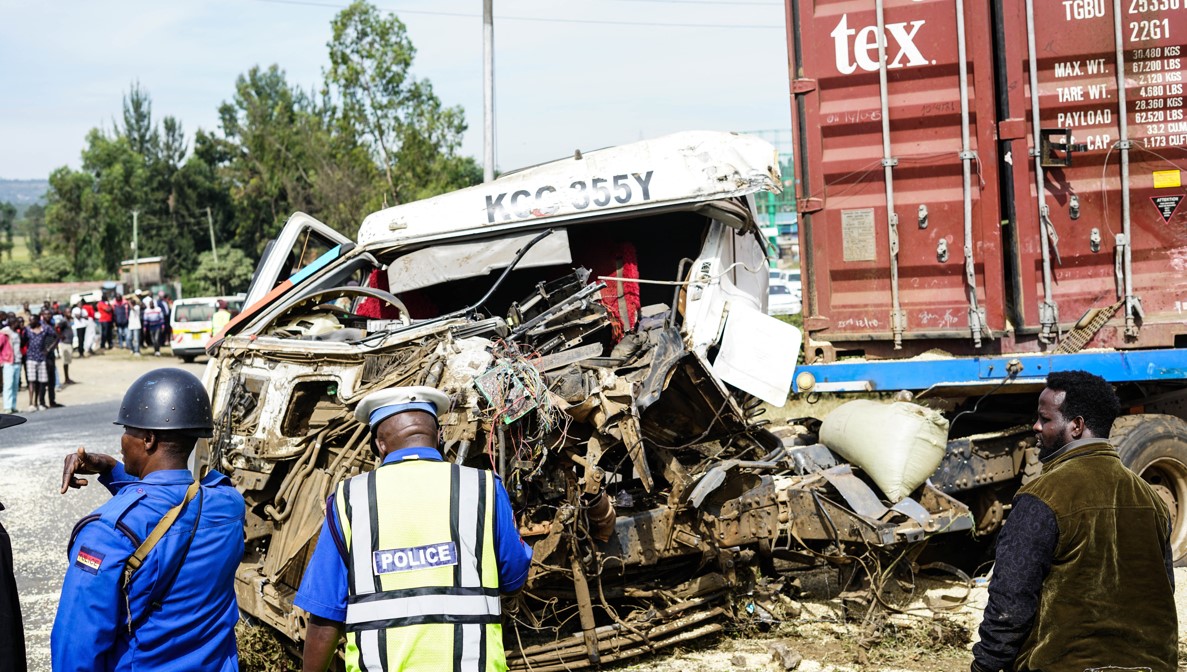
The approach stresses the need for shared responsibility in the prevention of road crashes and in the actions taken after the crash.
The government is seeking to fill a gap in policy that has been blamed for rising road crash fatalities, leading to the loss of 12 Kenyan deaths every day on the roads.
This is through the adoption of a model that has worked in developed countries over time, making them record lower road crash fatalities compared to their counterparts in the developing world.
More To Read
- Over 40 people dead after multi-vehicle crash on Kampala–Gulu highway in Uganda
- Experts urge revocation of all driving licenses issued in past six years over rising road crash deaths
- NTSA under fire for negligence, lax enforcement after deadly road crashes
- One in four global road deaths occur in Africa, report reveals
- 19 first aid units, trauma facilities to be built along Kenya’s blackspots
- Kenya to implement instant fines for traffic violations to curb road deaths
The model referred to as the "Safe Systems Approach", is a mechanism built on the premise that death and injury should not be a consequence of mobility.
The approach stresses the need for shared responsibility in the prevention of road crashes and in the actions taken after the crash.
Kevin Ismael from the Bloomberg Philanthropies Initiative for Global Road Safety (BIGRS), explains that the approach focuses on road users, agencies tasked with road construction and repair as well as those whose mandate is to ensure the safety of road users and enforcement of traffic laws, requiring each to be responsible in prevention of crashes and be held accountable when a gap in their role leads to a road crash.
"This ensures that if an accident occurs due to improper road design, the agency responsible is held to account, if there was laxity in enforcing a certain rule, the police get to answer for that so that we have each agency and road user take up their distinct roles in ensuring safe mobility, that way we shall have safe road users, safe vehicles, safe speeds, safe roads and prompt post-crash care," he explains.
Road safety delivery
BIGRS is a World Bank-affiliated agency with a mission to help governments develop road safety management capacity and scale up road safety delivery in low- and middle-income countries.
If implemented in Kenya, it will see the National Transport and Safety Authority (NTSA) focus on its key role of coordinating the activities of persons and organisations dealing with matters relating to road safety.
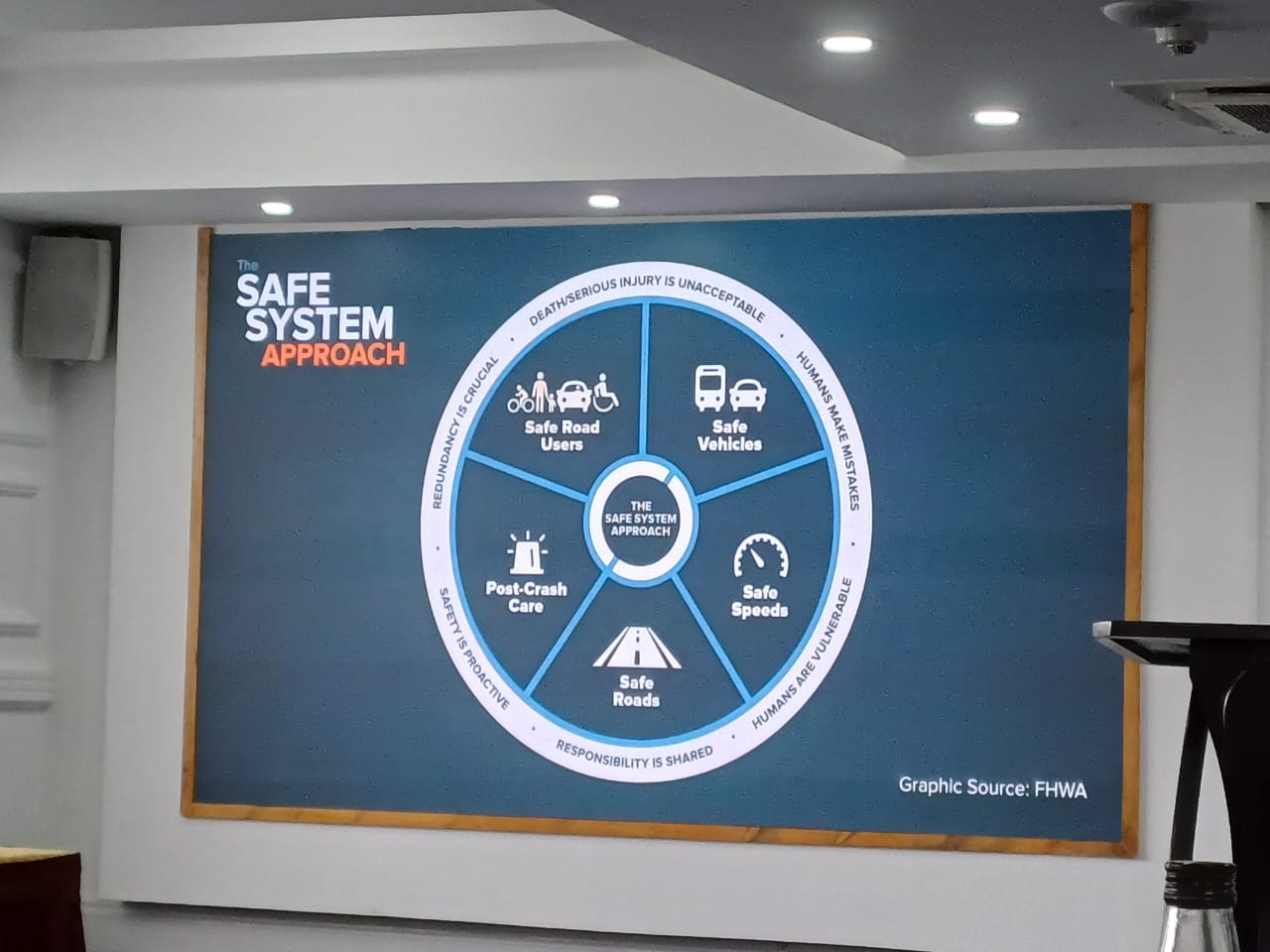 The "Safe Systems Approach", is a mechanism built on the premise that death and injury should not be a consequence of mobility. (Photo: Mary Wambui/EV)
The "Safe Systems Approach", is a mechanism built on the premise that death and injury should not be a consequence of mobility. (Photo: Mary Wambui/EV)
According to NTSA officials, a lack of coordination and accountability in the sector has played a huge role in the rising accident numbers in the country.
The approach observes that road safety is proactive because humans are vulnerable and can make mistakes therefore when they do, the road that the incident occurs in should have the necessary infrastructure such as barriers that protect against loss of life, such as barriers, bumps and so forth.
This according to Bright Oywaya, a road safety consultant with Global Road Safety Partnership who also served on the NTSA board, is because human behaviour doesn't manifest in a vacuum.
"We need to look at human behaviour as an ecosystem, through the Safe System Approach that views road fatalities as a system failure that calls for collective responsibility," she explained.
NTSA has attributed 80 per cent of the road crashes happening in the country to human behaviour thereby advocating for change and strict enforcement of traffic laws to push for better behaviour on the roads.
Road infrastructure
Oywaya however says that is not enough, insisting that while enforcement of safety rules is important, other factors like road infrastructure must be in place to make the motorist behave well.
"Behaviour is not by itself a determinant to safety. Road users make mistakes because they are human, the road system should be able to forgive you in case a crash occurs," she added.
In an interview with Citizen TV on Monday, Transport Cabinet Secretary Kipchumba Murkomen admitted that Kenyan roads have for years failed to factor in sidewalks and footbridges, thus exposing them to danger.
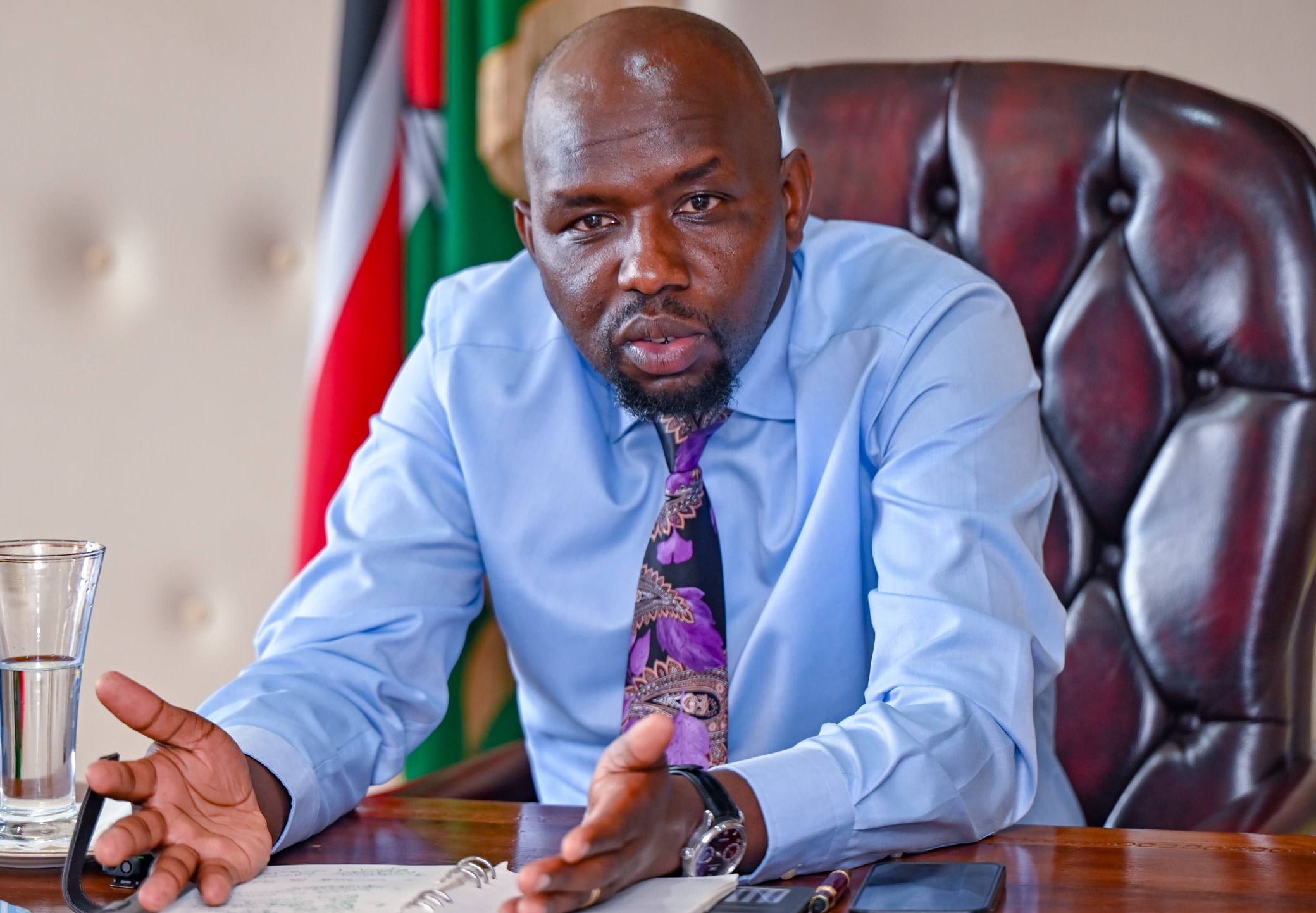 Transport Cabinet Secretary Kipchumba Murkomen. (Photo: X/Kipchumba Murkomen)
Transport Cabinet Secretary Kipchumba Murkomen. (Photo: X/Kipchumba Murkomen)
Dr Duncan Kibogong, the Deputy Director in charge of Road Safety at NTSA explains that the approach has failed to work in the country in the last two years when it was adopted by the authority due to lack of alignment on roles, limited funding and inadequate political goodwill.
"Some of the challenges we have had in implementing the Safe Systems Approach that will be solved by the National Road Safety Action Plan is that we shall now have a running document that brings all of us together so that we all know who does what, allowing for easier coordination of roles," he said.
"Number two of course is financing, we have always insisted that the financing on road safety should be 10 per cent of the infrastructure budget such that if a road is built at a cost of Sh100 billion, 10 per cent of that should move to road safety amongst many other sources of funding."
The eight-point National Road Safety Action plan, launched on Wednesday by President William Ruto, seeks to fill these gaps by setting priorities of focus that will push towards reducing current road crash fatalities by half by the year 2030.
The eight priority areas are; coordination of delivery partnerships, funding, risk targeting, infrastructure safety, vehicle standards and compliance, enforcement targeting unsafe behaviour, prost-crash services as well as road safety database, monitoring and evaluation systems.
Top Stories Today


